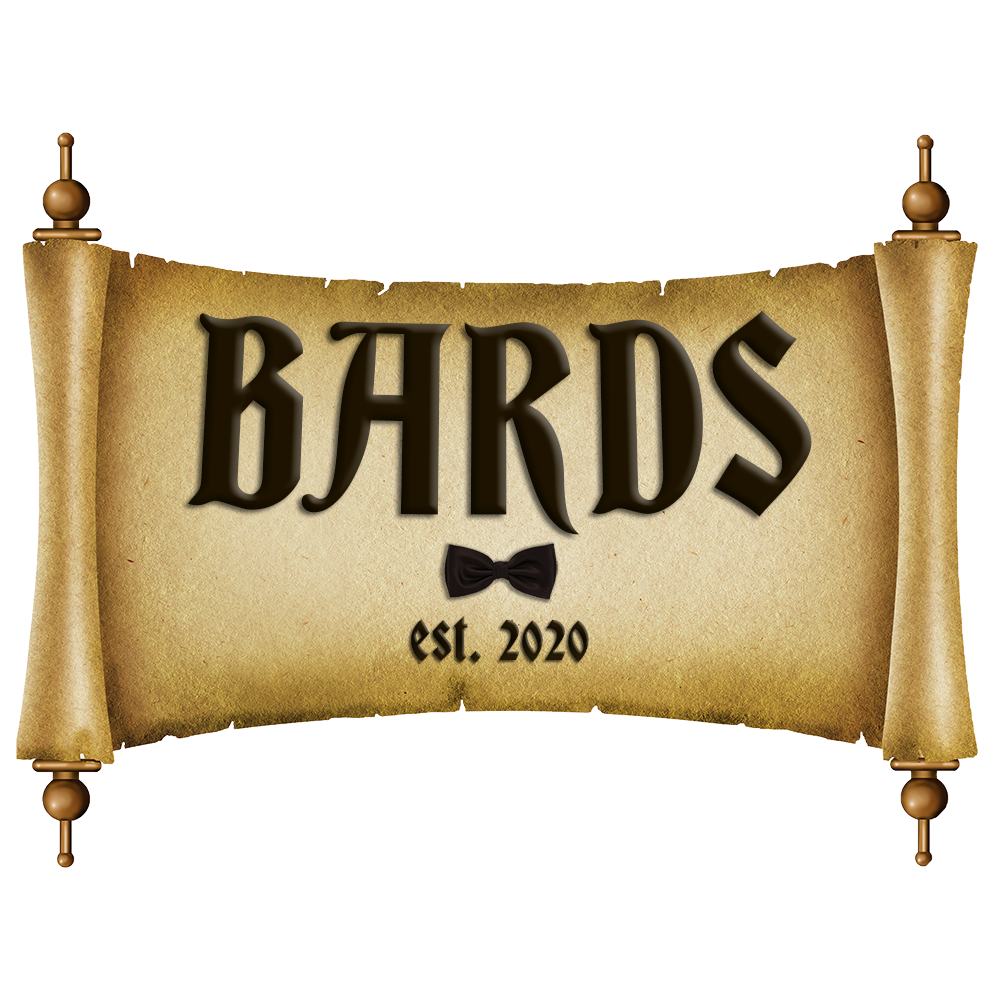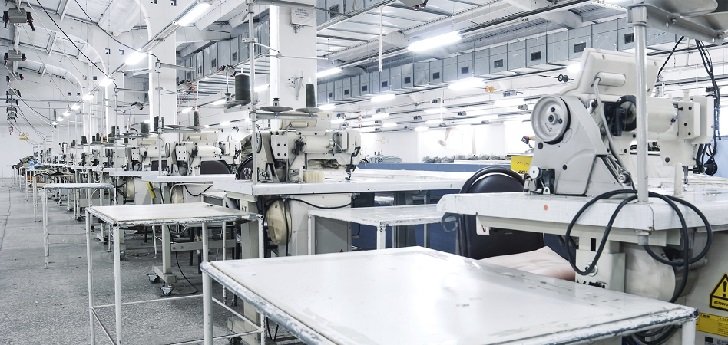Custom v Made to Measure v Bespoke v Ready to Wear v On Demand
You have probably heard me say, “There is no industry more full of smoke and mirrors than the fashion industry".’ I say this not to be self aggrandizing, but to tell you what you already know. We can set a bedrock for a honest discussion about what you should be purchasing and when, and most importantly, if at all.
Custom, Made to Measure, Bespoke, Ready to Wear, On Demand; these terms are thrown around constantly but where does one end and another begin? Does one category automatically mean it is better than another? What separates the categories?
A brief overview:
1) Ready to Wear (RTW) aka Off The Rack - Any brand that hold ready made inventory to be sold in stores or online. (Think the mall, or any store, no matter the price)
2) On Demand - This is the newest form of shopping, brands hold little to no inventory, once you order the item is made on the spot and sent out. (Think Bards knitwear)
3) Custom - This is an umbrella term to describe anything that requires your measurements, to be put into production, and has features that can be changed
4) Made To Measure - A form of custom. This is template based custom clothing. This is 90% of custom clothing. This is like buying a new car online, you pick a Chevy Tahoe, you can pick the color, the seats, the off road package, the sound system, a multitude of different features, but at the end, its still going to look like a Chevy Tahoe. (Think Indochino, Suit Supply)
5) Bespoke - This is individual pattern based custom clothing, WITH a specific tailor doing the work. “Bespoke”, is the most bastardized of all words in sales. It is derived from the experience of walking into a tailor shop, finding a fabric you were satisfied with, that fabric was now yours, it had “been spoken” for, from there one tailor would measure, cut, and sew the fabric. - Now it is used for kitchens, cars and anything really to describe personalization.
Now that we have laid the ground work, a bit more on each.
Ready to Wear
Any brand that carries inventory is a RTW brand. That means H&M and Balenciaga fall into the same category. This category includes all of fast fashion, and you can read about the wonderful things fast fashion offers here. Quality is irrelevant when describing RTW. When you walk into a store and by a 2 Tank for $20 from H&M or a $7,695 blazer from Kiton, we are still talking about a RTW line. Yes, the ingredients may be better but there are also more sales tactics. For example, suits will be advertised as “super 150’s” and cost more than a “super 110'“. Ignore all of that. (This is a topic is for another day, so stay tuned).
On Demand
The fashion industry is as old as homo-sapiens themselves, to have a new term enter the lexicon is fascinating. On Demand clothing is what should, and I know WILL become the dominant form of clothing sales in the world. These are items that are made upon ordering, reducing waste on an unfathomable scale. I could list the merits until I’m blue in the face, but the reason not many people have heard of it is because the demand has not reached the tipping point yet from you…the consumer. We need to be retrained on how to buy. Walk up to a mirror, look at yourself, and say, “I don’t need this right now, I can wait a week”. If you can’t do you really need it?
Custom Clothing
Custom clothing is an UMBRELLA term. It simply means that individual pieces are created requiring your measurements and input. There are several factors that make custom vary in price. Where is it made? Who is making it? How much hand work is required? How is it made? What’s the quality of cloth being used?
This is where some knowledge of the fashion industry is required. When you enter the realm of custom, you start to leave behind the gimmicks of “super 150s”, and are given choices between which Mill to source fabric from. One of the most prestigious mills in the world is Dormeuil, now a tailor on Savile Row in London using a Dormeuil fabric will cost much more than that same fabric being used in a tailor shop in Hong Kong. Both will be advertised as “quality and handmade”. One of the easiest ways to figure out value vs price is determining where the garment is on the spectrum of Made to Measure -> Bespoke.
Made to Measure
Made to Measure is the dominant way of making custom clothing. Think back to the example of the Chevy Tahoe. This is template based and usually more of the emphasis is placed on the customizable features; ie lining, buttons, pockets. A good clue to whether you’re dealing with MTM is if you have a “try on” garment. Maybe its the “Bob Fit”, and the associate needs to adjust the sleeve a bit to your size. MTM is such a great way to make suits. This article is not to rank best to worst or persuade you to one or another. (Other than fast fashion, stop). A better MTM maker will keep your adjustments on file, giving you a personalized pattern. Most MTM makers have a wide range of offerings and can fit most body types.
Bespoke
And now we come to it. I will be the first person to say that Bards is not bespoke. But this is something a wrestle with constantly. Bards is not Bespoke in the true sense of the word. But things evolve. The origin of the word is one tailor doing the selling, cutting, and sewing. Now we have Me, doing the selling and designing, and my tailor doing the pattern making and sewing. I am okay saying we are New Age Bespoke.
The realm of Bespoke is the top of the mountain. Not everyone needs Bespoke. Most can happily, and should, wear MTM. Just like all bourbon is whiskey, but not all whiskey is bourbon: all bespoke suits are custom, but not all custom suits are bespoke. To make a bespoke garment, an individual pattern needs to be drawn out for each customer. That is a process of its own, usually requiring its own charge. From there, at least 2 fittings are required to shape the garment to the customers body correctly. If someone offers a bespoke suit for anything less than $2000, its a lie. A pattern making fee at Bards is a 1 time charge, for a suit it is $1250, on top the cost of the garment. The pattern is as much apart of the process as the actual construction. Where as RTW or MTM, the pattern has been set, adjustments can be made to scale production.
Each one of these categories could, and probably will, have a post of its own. The fashion industry is massive. This is to give you a lense to look through rather than just saying, skeptically, “What could possibly make a suit $7,950? I got one for my son for $138”. Knowing there is a difference, I hope your curiosity is sparked into actually caring about the difference. Afterall, we know there is a difference between Mcdonalds and a Steakhouse, both serve “beef”. We know there is a difference between Toyota and Pagani. Time to return to an age of respecting the craftsmanship in clothing.





